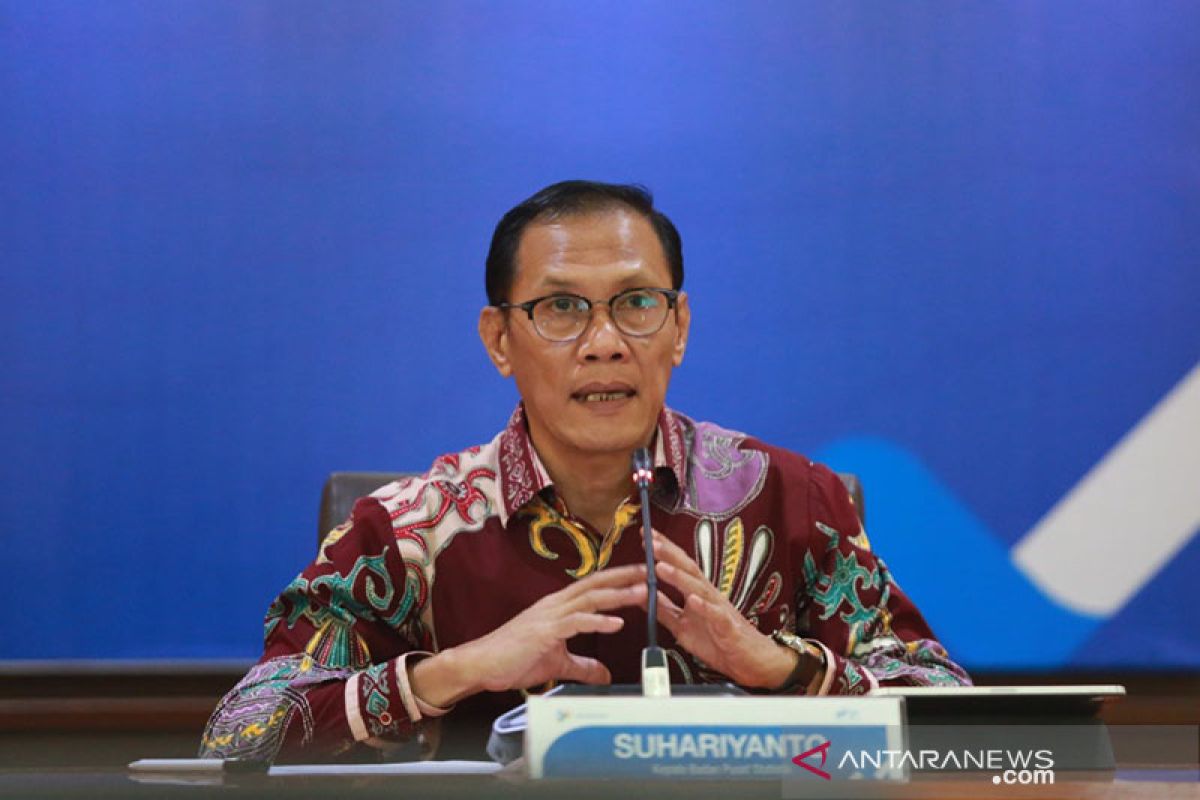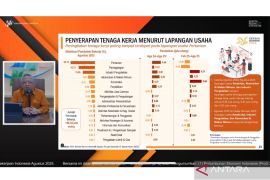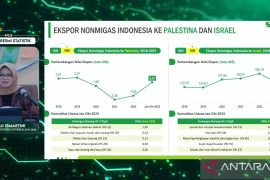The figure showed an increase of 1.63 million compared to September, 2019.
The poverty rate also climbed, with the number of poor rising by 1.28 million compared to March, 2019.
"If we look back at the results of the social demographic survey on the impact of the pandemic, carried out by the bureau, it can be seen that the earnings of all sections of people saw a decrease," said head of the BPS, Suhariyanto, at a virtual press briefing in Jakarta on Wednesday.
According to the BPS report, after the Indonesian government reported the COVID-19 outbreak in Indonesia in the beginning of March, the bureau carried out a survey which revealed that 70 percent of citizens from the low income group, who were making under Rp1.8 million (around US$120) per month, admitted their earnings had gone down.
Meanwhile, three out of 10 people earning over Rp7.2 million (around US$500) per month also reported a decline in income.
"This means that the pandemic hit all levels of the people, with the impact being felt harder by those at lower (income) levels,” Suhariyanto added.
The BPS, he continued, also recorded a slowdown in household consumption and spending, which showed a growth of just 2.8 percent in the first quarter of 2020, a decrease compared to the same period in 2019 when the growth rate was over 5 percent.
Another sector that was hit by the pandemic was tourism, with the outbreak affecting several areas: from occupancy rates of hotels to craft-makers at a number of tourism destinations.
As for commodities, from September, 2019 until March, 2020, even though inflation rate was under control, a number of commodities became more expensive. For instance, the price of purebred chicken meat climbed 5.53 percent between September, 2019 and March, 2020.
Meanwhile, the price of cooking oil, purebred chicken eggs, and granulated sugar rose by 13.35 percent.
Suhariyanto also said that in March, 2019, there were still a significant number of citizens (7.45 percent) on the verge of poverty, or those whose spending and income were slightly above that of the poor population.
"By paying attention to these phenomena, in March, 2020, the BPS survey results showed that the percentage of poor citizens had gone up from 9.22 percent to 9.78 percent, which is equal to 26.42 million poor citizens," he revealed.
The survey showed the number of poor citizens in regional areas was considerably higher compared to urban areas.
Related news: Nearly seven thousand workers in West Papua sent home: govt
Related news: Government allots Rp10 trillion for laid-off workers
Translator: Sella Panduarsa Gareta/Aria Ci
Editor: Rahmad Nasution
Copyright © ANTARA 2020












